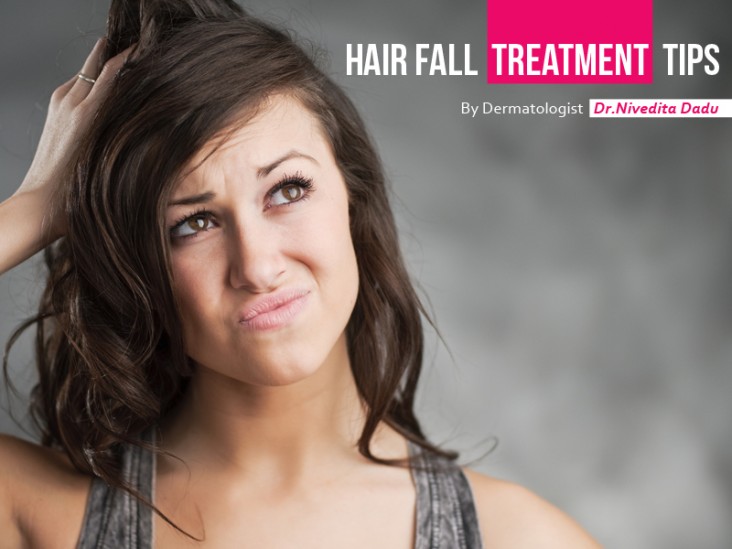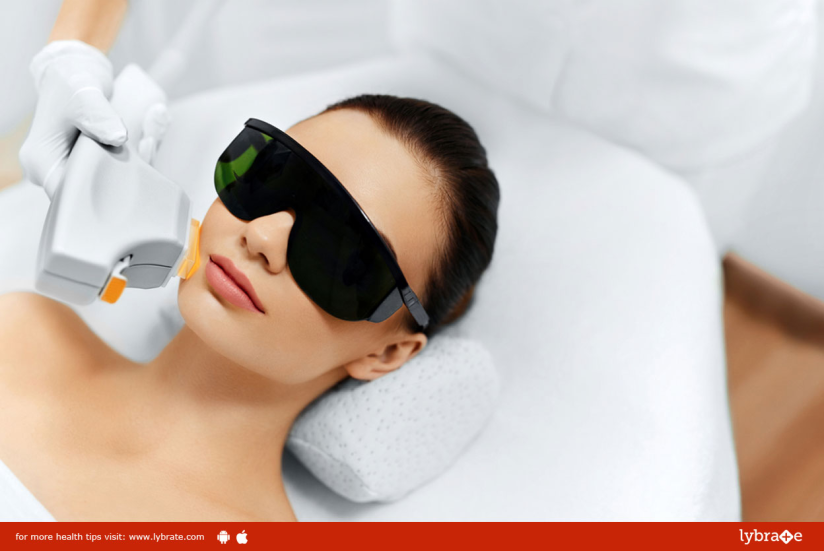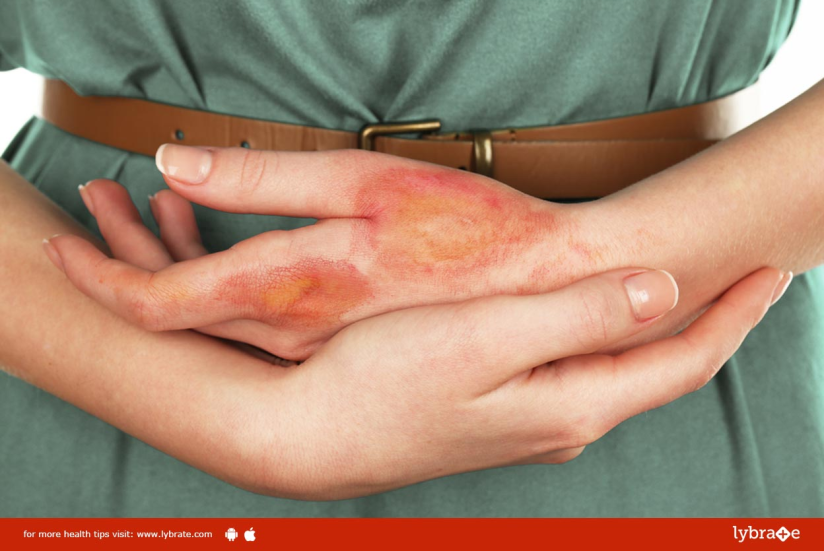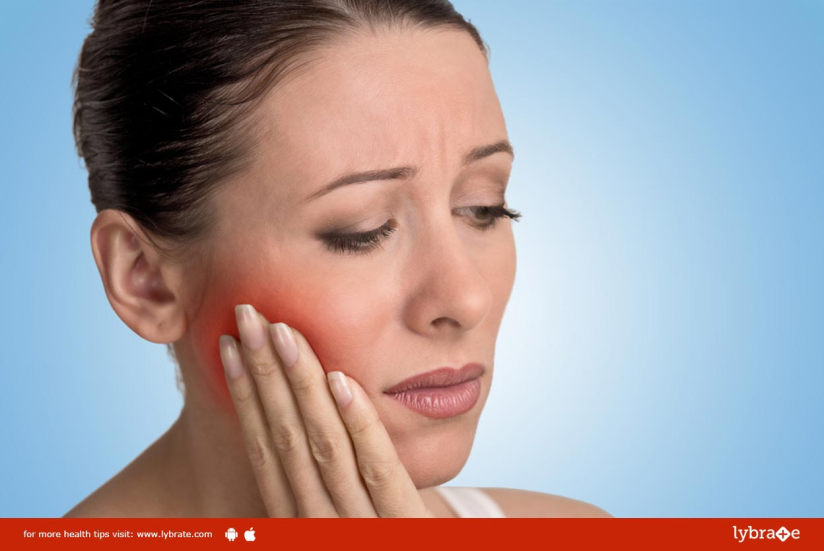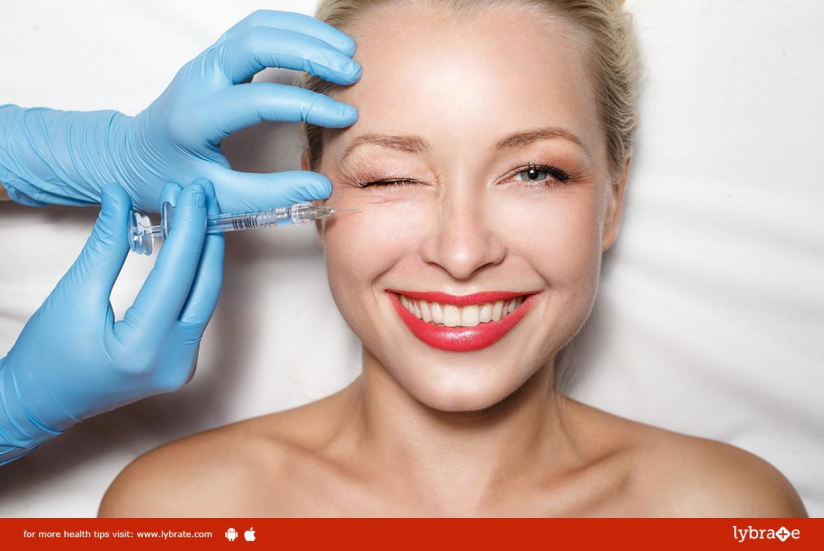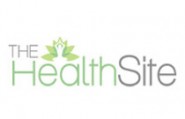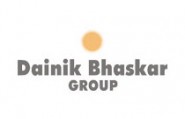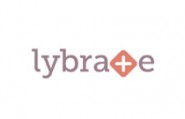The most important part of skincare is keeping your skin cleansed and fresh. But before that, it is imperative to find the right product for the same. Skin type varies from person to person, and hence finding skincare goods most suited to your skin makes all the difference.
Bathing habits directly affect the quality of your skin, which involves picking the appropriate cleanse; i. E. Choosing between a body soap and body wash. Each has a different set of characteristics and comes with its own set of advantages and disadvantages. Let’s find out which one is better for your skin.
Why you should choose bathing soap bar:
- it is more effective in removing dirt through deep cleansing
- it is suited to skin that is excessively oily in nature as it contains ingredients that are highly effective in stripping off excess oil from the skin
Why you should not choose bathing soap bar:
- it tends to strip the skin of its natural oils and moisture, making it dry and flaky
- it is unhygienic in case of sharing between individuals as soaps tend to accumulate the dirt from your skin due to direct body contact
Reasons to pick a body wash:
- it has a very mild and gentle effect on the skin in comparison to soaps
- it keeps the skin moisturized by preserving natural oils
- it is more hygienic than bar soaps in case of interpersonal sharing
- it is the most suitable option for dry skin
Reasons to ditch a body wash:
- it contains a large amount of artificial additives and preservatives that can do more harm to your skin than good, giving rise to allergic reactions in some cases
So, who’s the winner of the two?
You must certainly base the choice on what’s best for your skin type. Body soap is more compatible with oily skin while dry skin is better suited for body wash. A body wash, however, is much more gentle on your skin.





